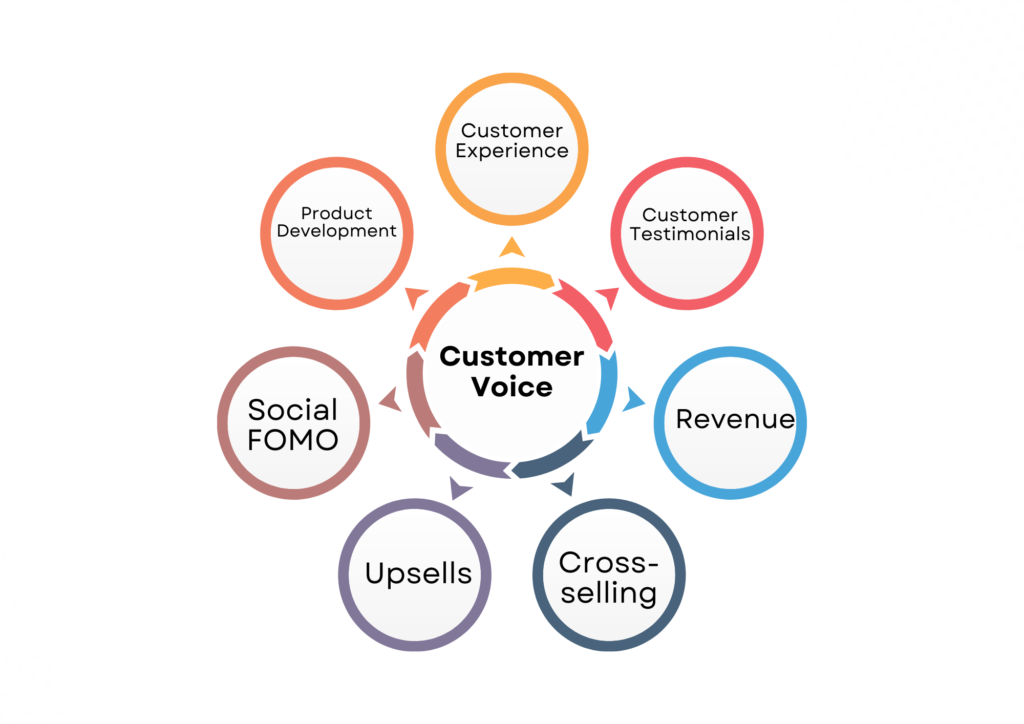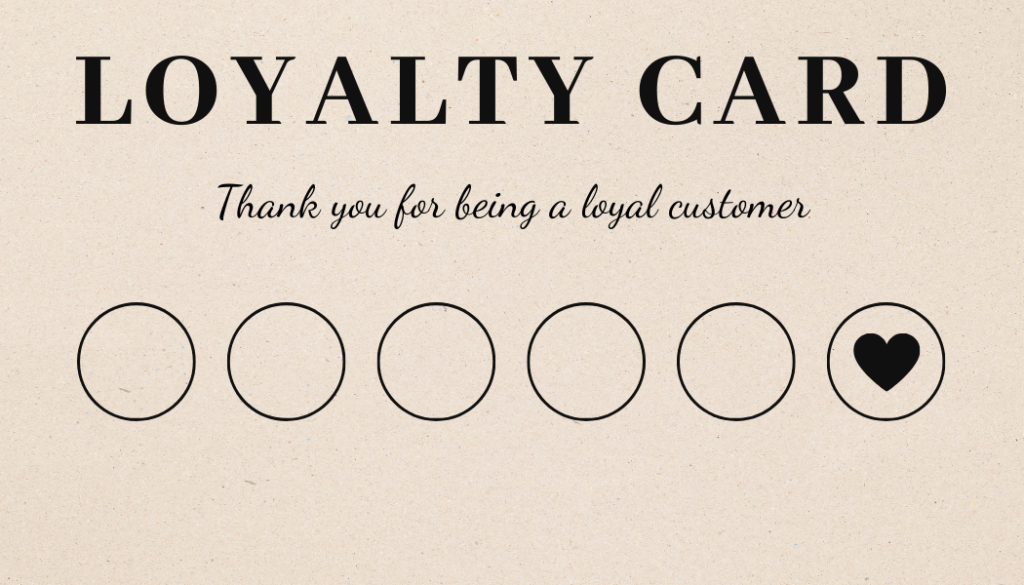Introduction
There are several challenges and opportunities when it comes to capturing the true, authentic voice of the customer. Customer Voice is nothing new. It has been around for years, but it’s the way it is approached, the way it is measured, and the way it is shared that is changing. Fortunately, I come from a sales and customer service perspective in the B2C world where the customers are always right, and you NEED to listen, or their business will be taken elsewhere.
That is just as true in the B2B world, but there is more word of mouth and more research that goes into a B2B buying and renewing process than a low ticket B2C ticket item. So it’s even more critical to ensure you not only capture customer voice but share it out there, do not just let the word-of-mouth marketing be the source; contribute to the narrative. Let’s start with the pitfalls so we can all agree on the challenges and then dive into tips to put into practice.
Pitfalls to avoid
Hands down, there is always bias: One of the most significant challenges in capturing the authentic voice of the customer is bias. This can include how questions are phrased or the sample selection that is pulled from the primary source of content. Take the middle person out, ask the customers to self-record, self respond without being asked or begged. Serve it up as an opportunity.
“The customer’s perception is your reality.“
Kate Zabriskie
In addition, another challenge is around lack of participation. Again this comes back to DO NOT beg for favors, but if you had positioned your customers upfront when they partnered with you on what opportunities they would like to be survived up, there are no surprises; they participate enthusiastically.
“Repeat business or behavior can be bribed. Loyalty has to be earned.” – Janet Robinson
Sometimes, customers may be unwilling or unable to provide feedback, which can make it challenging to capture their authentic voice and find ways they can still participate – even if it’s anonymously. To squash the busy aspect, meet your customers where they are, ask, and partner with the internal champion at your organization that is CLOSEST to the customer to make the ask – do not put another layer of a person into the mix overcomplicating the ask. Huge success if you keep it simple, have the right person ask, and offer up the opportunity the customer is interested in engaging in.
And there is always the chance of incorrect or Incomplete data. Your CRM is not current with how often the customer has participated in acts of advocacy or shared their voice. Track now, and make it visible to all to avoid burnout of your customers. Then when you need them, they will not be there; and a step further, even when customers provide feedback, it may not be enough to have the probing question, get in and ask the good, the bad, and the ugly. All types of feedback are valuable.
Another pitfall to avoid is an unrepresentative sample. You want to have a variety of customer voice assets from all types of customers—different use cases, different industries, different customer sizes, etc. If the sample of customers providing feedback does not represent the overall customer population, the input may not accurately reach the audience in the way you want. You will miss the mark for specific business segments and or personas. Another layer also is if the sample consists mainly of highly satisfied or highly dissatisfied customers, the feedback may not be representative of the entire customer base. You want to spotlight the satisfied and show the dissatisfied and what you did to turn it around. That’s authenticity!
You are getting too much Customer Voice, Feedback, and Data. A good problem to have, right? Well, if you do not have the proper processes in place for how the voice of the customer gets put to work, it will fail. You will fail internally and externally with your customers. How many times have you personally shared feedback in any, written, audio, or video, and it went into the black hole of the unknown? No follow-up UNLESS you were outraged, and rarely any acknowledgment. In the competing world, especially in the B2B SaaS world, the time of your customers value it. Value their time and value all the feedback.
If you cannot follow up timely, do not cast such a wide net of customer voice capture. If you have no campaigns for follow-up in social, your website, your community, or your newsletter, build one, make a content calendar, and plug-in customer voice assets regularly. On top of that, sorting through large amounts of feedback can be time-consuming and make it challenging to identify the most critical issues. Work smarter, not harder!!
Addressing these challenges requires careful planning and execution of customer voice programs, including ensuring that the program has been thoroughly researched, includes customer input, and, most importantly, executive leadership buy-in. It’s also essential to remain open-minded and flexible and to continuously refine the customer program to improve its effectiveness in capturing the authentic voice of the customer. It is not a set it and forgets it. And most definitely not. If you build it, they will come. It takes work, but with the proper planning and rollout, researching, and TALKING to your customer base, you will be set up for success.
Tips to put into practice
So how can businesses leverage the power of the authentic customer voice to drive revenue? Here are some tips:
Use customer voice to help drive product development: Collecting customer feedback on their needs and pain points can help businesses develop better products and services that meet their customers’ needs. You need to be constantly reinventing and always new—and not just new customers for existing customers too. You want to be sure they renew year after year, and they do not go looking at the new shiny thing. So not only showing and collaborating but listening to what your customers want can lead to increased revenue.
Use customer feedback to improve customer experience. You can do this by listening to customer feedback; businesses can identify areas where they need to improve their customer experience. Do onboarding interviews and collect customer voices at various stages in the customer lifecycle. It’s not just one-and-done for customer voice. It’s ongoing.

Use customer testimonials to build trust. But not the drone shots of the customer headquarters and cheesy elevator music. You want the true authentic voice of your customers in testimonials. Including customer testimonials on your website and in marketing materials can help build trust with potential customers, build FOMO in the market, and create a peer to peer engagement as other customers see who else is using your solution. We know that people are more likely to trust recommendations from their peers than they are to trust advertising or a sales rep. Give the people what they want! True authentic customer voice. No more happy quotes or logo banners on your site. Let’s know the users, the champions, the ones realizing the value and securing their job with the successes of your product solution or services.
“Make the customer the hero of your story.”
Ann Handley.
What we all talk about, but let’s be honest, do not do the greatest on as for the longest time, the mentality at SaaS-based companies especially is new deals are king. But upselling and cross-selling are Queen, and it’s here to help everyone. For example, if a customer uses one of your products, use the power of the customer’s voice to share a success story another customer had with that exact use case. Introduce them to that customer so the real, unscripted, authentic chats can happen.

True authentic customer voice
By leveraging the power of the authentic customer voice, businesses can improve their products and services, improve customer service, build trust, improve the customer experience, and identify opportunities for upselling and cross-selling. Individuals tasked with owning, managing, and reporting on customer voice must carefully plan and execute customer voice programs, remain open-minded and flexible, and continuously refine their approach to ensure they capture the most valuable insights from their customers.
Conclusion
In conclusion, capturing the authentic voice of the customer is critical in driving revenue for any business. It is essential to listen to what customers say, whether positive or negative and take action based on their feedback.
“Loyal customers, they don’t just come back, they don’t simply recommend you, they insist that their friends do business with you.”
Chip Bell

Now how are you practicing true authentic customer voice?


